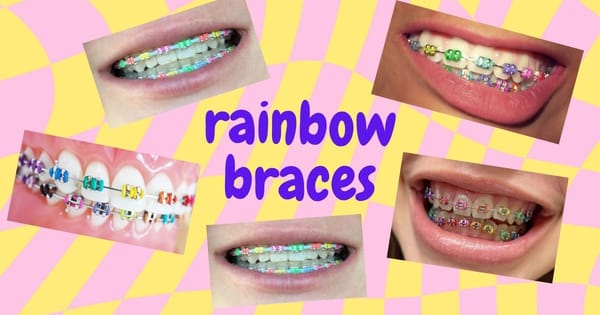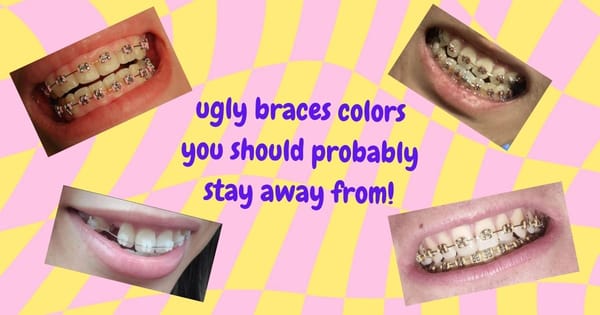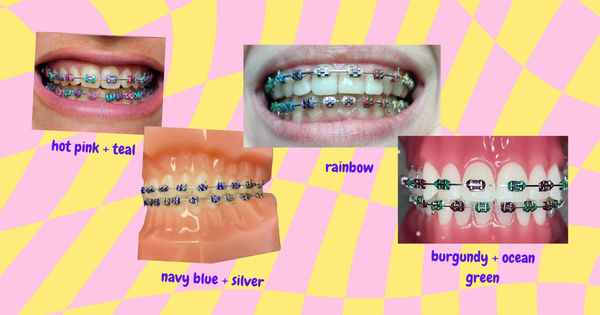Anna Paquin's Teeth: A Dentist's Take
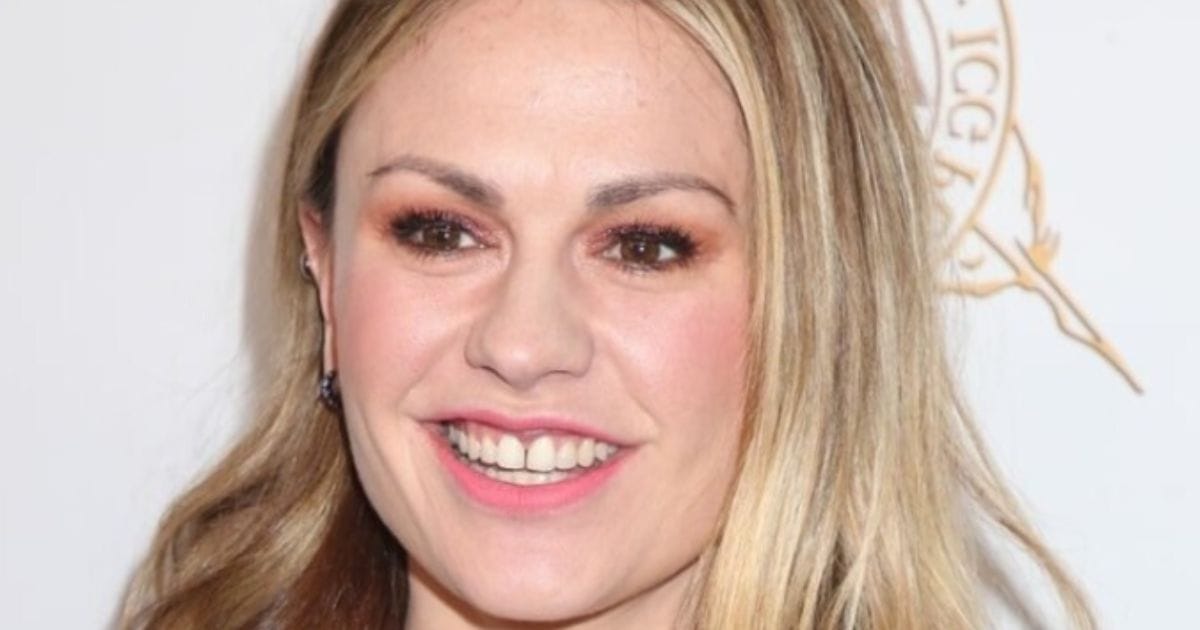
In the era of filters and flawless smiles, Anna Paquin is a rare case of authenticity.
Her smile’s evolution reflects deeper trends in beauty, branding, and dentistry. Let’s break it down.
You know her from The Piano (which snagged her an Oscar at age 11!), X-Men, and of course, as Sookie Stackhouse in True Blood. And if you know Anna Paquin, you likely know about her most distinctive feature: the gap between her front teeth.
Her smile has sparked a lot of conversation over the years – people seem to either love it or find it distracting.
So, let's put on our dental detective hats, look at the evidence, and break down what might be going on with her famous (infamous?) grin from my perspective behind the chair.
A Look Back: The Natural Smile
First off, let's establish the baseline.
Looking at younger photos of Anna, particularly around her Piano debut, you see her natural dentition clearly.
The most noticeable feature is, of course, the diastema – that's the clinical term for the space between her two upper front teeth (the central incisors).
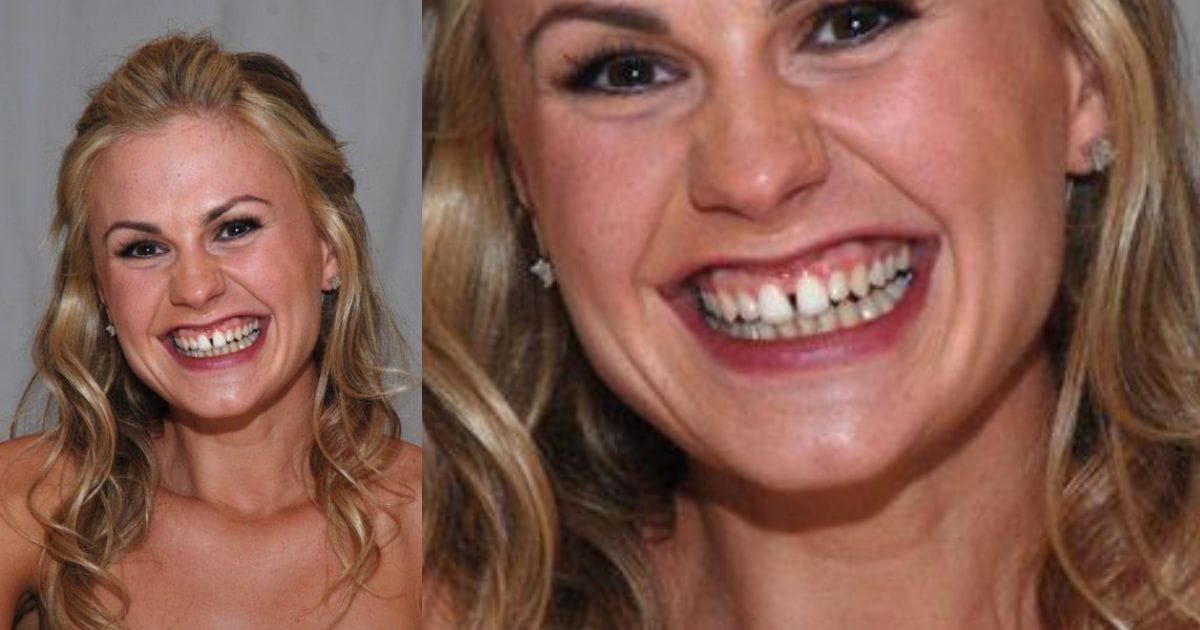
But it's not just the gap. Her natural teeth, especially those front two, had a somewhat triangular shape. Think slightly narrower at the gumline and flaring out towards the biting edge.
This shape can actually make a diastema appear visually larger than it is, simply because the teeth don't fill the space as squarely. There’s nothing inherently wrong with triangular teeth; it’s just a natural variation in tooth morphology.
For years, this was the smile Anna presented to the world. It was part of her look, and frankly, it didn't stop her from becoming a major star.
The Subtle Shift: What Likely Changed?
Now, here's where my eye picks up on some subtle changes over time, particularly noticeable as she moved into roles like True Blood.
While the signature gap remains, it appears slightly narrower, and the shape of those two front teeth looks different. They look less triangular and more rectangular or squared-off.

Based on these visual changes, it's clear that Anna Paquin likely had two porcelain veneers placed on her upper central incisors.
Let's break down why this makes sense:
- Targeted Reshaping: Veneers are excellent for changing the shape and perceived size of teeth. By placing veneers, a skilled dentist and lab technician could subtly square off those front teeth, making them appear a bit wider and filling some of the space without closing it entirely.
- Conservative Approach: This wasn't a full-mouth makeover. It seems focused solely on those two front teeth, addressing the shape and slightly minimizing the gap while preserving her unique characteristic. From my chair, I can tell you, this is the kind of case where veneers can make sense – targeted improvement rather than a complete overhaul.
- Maintaining the Gap: She clearly didn't want to eliminate the diastema entirely. Veneers allow for this customization; you can design them to leave a specific amount of space.
Why Veneers and Not Something Else?
Could other treatments have achieved this? Let's consider:
- Orthodontics (Braces/Invisalign)
Ortho could have closed the gap completely, but that wasn't the goal. Braces primarily move teeth; they don't significantly change the inherent shape of the teeth themselves.
So, even if she closed the gap with braces, she'd still have the triangular tooth shape unless she followed up with bonding or veneers.
- Bonding (Composite Resin)
Dental bonding involves applying tooth-colored resin directly to the tooth and shaping it. It could have been used to reshape the teeth and narrow the gap. It's less invasive than traditional veneers (no shaving required) and less expensive.
However, bonding stains more easily and isn't as durable or long-lasting as porcelain veneers.
For a high-profile actress needing durability and consistent aesthetics, porcelain veneers are often the preferred choice. Given the longevity and stability of the look, porcelain seems more probable.
- Whitening
Whitening only changes the color, not the shape or spacing.
So, veneers seem the most logical procedure to achieve the specific changes we see: altering shape and slightly reducing, but not eliminating, the gap, all while providing a durable, aesthetic result.
The Proportionality Question
Now, here is where it gets tricky.
When you use veneers to partially close a gap by making the central incisors wider, you can sometimes create a slight proportional imbalance.
Naturally, central incisors are wider than the teeth next to them (the lateral incisors).
But if you make the centrals even wider with veneers to eat into the gap space, they can sometimes look disproportionately large compared to the laterals.
Looking closely at Anna's smile post-change, you could argue there's a hint of this. The centrals do look quite dominant.
However, it's relatively subtle and, crucially, it allowed her to keep the gap she's known for.
It's a trade-off, and likely one she consciously made. This highlights how cosmetic dentistry often involves balancing different aesthetic goals.
Embracing Imperfection: The "Why" Behind the Choice
Why keep the gap at all?
In Hollywood, the pressure for absolute "perfection" is immense. I've seen countless patients come in wanting to erase every tiny imperfection.
I'll never forget when a patient brought in a photo of a celebrity known for ultra-perfect veneers and said, "Make me look like that." It's a common request.
Anna Paquin's choice to keep the gap, albeit slightly modified, is quite refreshing. It suggests a level of confidence and a desire to retain her individuality.
- Branding/Uniqueness: Her gap became part of her signature look. Closing it entirely might have felt like erasing a part of her identity, both personally and professionally. Think of other celebs known for their gaps, like Madonna or Lauren Hutton – it becomes iconic.
- Authenticity: As some of the fan reaction from reddit suggest, there's an appreciation for her not conforming to the "cookie-cutter" Hollywood standard. It feels more real, more authentic.
- Personal Preference: Maybe she just likes it! It's her smile, after all.
Let's be real for a second... embracing what makes you unique is powerful. While I spend my days helping people achieve smiles they feel confident in, I’m passionate about fostering a culture where natural variations aren't automatically seen as flaws needing correction. Anna's case is a great example of finding a balance – a minor tweak to enhance, not erase.
The Investment: Estimating the Cost
Okay, let's talk numbers. If my assessment of two porcelain veneers is correct, what kind of investment are we looking at?
- Porcelain Veneers: Costs vary wildly based on location, dentist's expertise, and the quality of the ceramic lab used. A reasonable range per tooth is $1,000 to $3,500. Some high-end cosmetic dentists in major cities might charge even more.
- Estimated Total: For two veneers, Anna Paquin likely invested somewhere between $2,000 and $7,000.
Now, compared to the full-mouth veneer cases we often see (costing $20,000 - $80,000+), this is significantly more conservative financially.
However, it's crucial to remember my usual caveat: veneers are a lifelong commitment. Even the best ones don't last forever.
Well-made porcelain veneers might last 15-20 years, maybe longer with meticulous care.
But eventually, they will likely need replacement. That means re-investing that amount (or likely more, due to inflation) down the line.
And even with just two veneers, proper maintenance is key.
Poorly sealed margins can lead to leakage, bacteria buildup, decay underneath, and yes, even bad breath. Regular dental checkups and excellent home care are non-negotiable.
Fan Reactions: A Spectrum of Opinions
- Team Unique & Endearing: Many fans find the gap charming, a signature feature that adds character and makes her stand out. They appreciate her authenticity in not opting for a "perfect" Hollywood smile.
- Team Distracting/Unattractive: Others admit finding the gap distracting or aesthetically unappealing. Some comments were quite harsh, highlighting how subjective beauty standards are.
- The Middle Ground: Some acknowledge the gap but don't feel strongly either way, focusing more on her acting.
This polarization isn't surprising. Teeth are incredibly prominent features, and deeply ingrained cultural ideas about "ideal" smiles heavily influence perception.
What one person sees as a unique charm, another might see as a flaw needing correction. The fact that Anna Paquin has navigated a successful career without conforming entirely speaks volumes.
My Final Take: A Case for Conservative Enhancement
So, what's my overall professional opinion on Anna Paquin's smile journey?
Good Example of Conservative Work: She did indeed get just two veneers, it represents a thoughtful, targeted approach. It addressed specific aesthetic goals (tooth shape, slight gap reduction) without resorting to a full-mouth reconstruction.
This aligns with my philosophy of using veneers selectively for significant aesthetic improvement.
Embracing Individuality
Her choice to keep the diastema is commendable in the face of industry pressure. It's a powerful statement about owning your unique features.
I often tell my younger patients: don't rush into permanent changes just to fit a trend. What makes you you is often your greatest asset.
Skill Matters: Even placing just two veneers requires significant skill from both the dentist and the lab technician to ensure they blend seamlessly in shape, color, and translucency with the adjacent natural teeth.
Getting that subtle reshaping right without looking artificial takes artistry.
Long-Term Considerations Still Apply
While less extensive than a full set, these are still permanent restorations requiring lifelong maintenance and eventual replacement. It’s a commitment, financially and in terms of dental care.
Honestly, seeing a celebrity embrace a "perfectly imperfect" smile like Anna Paquin's is encouraging.
It sends a message that you don't need generic, ultra-white teeth to be considered beautiful or successful.
It's a nod towards accepting natural beauty and variation, something I truly believe we need more of.
What do you think about Anna Paquin's smile? Does her choice resonate with you? Let me know in the comments!
And remember, whether you're considering whitening strips, orthodontics, or just loving the smile you have, the best choice is the one that makes you feel confident and healthy.


